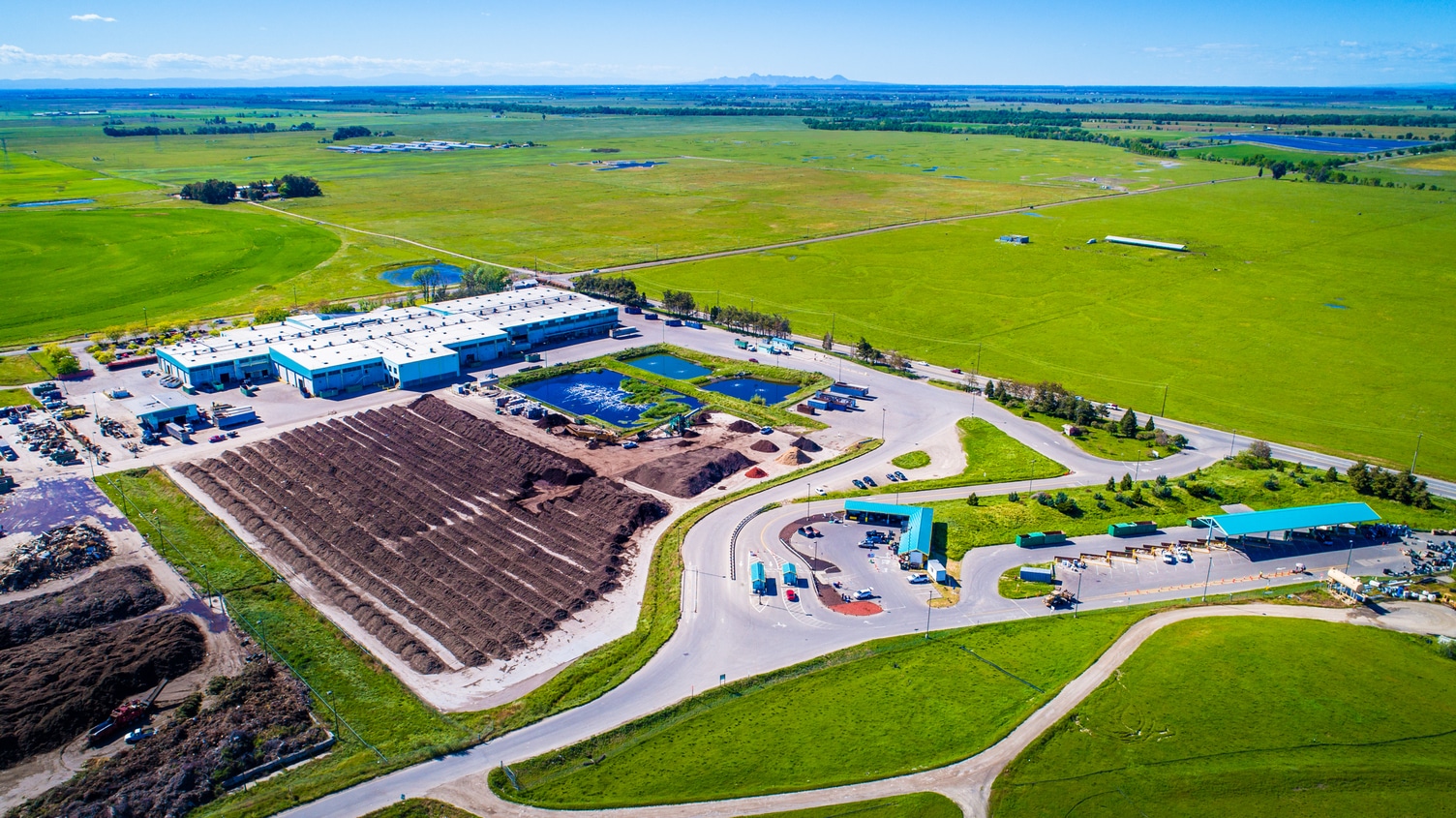Odor Information
What’s That Smell? Odor Management Around WPWMA Facilities
Although odors are a natural and unavoidable byproduct of decomposing organic material, the WPWMA implements extensive measures to proactively reduce the potential for off-site odors.
We utilize an odor monitoring system designed to continuously measure specific odors and their intensities at multiple locations on the WPWMA’s campus and off-site This data is coupled with on-site weather station data to generate air dispersion models of the measured and estimated odors.
WPWMA staff continuously monitor facility operations and weather conditions in an effort to identify and minimize potential sources of odors. The odor monitoring system is used to assist in investigating reported odors, better understand the combination of operational and meteorological conditions that may result in odor impacts to the community, and evaluate the relative effectiveness of specific odor reduction efforts.
Report an Odor to the WPWMA
Site-Wide Odor Plan
The WPWMA worked with the Placer County Air Pollution Control District to develop a Site Wide Odor Plan (SWOP), a tool for the WPWMA and its facility operators, contractors, consultants, and lessees to use for reducing the potential for off-site odors. The Plan was approved by the WPWMA Board in December 2020 and most recently updated in January 2025.
The SWOP provides concise information about facility odor sources. The WPWMA uses the SWOP as a guide to monitor operational and meteorological conditions that may have the potential to exacerbate the perception of odors. The SWOP includes measures the WPWMA can take to reduce the potential for facility odors.


